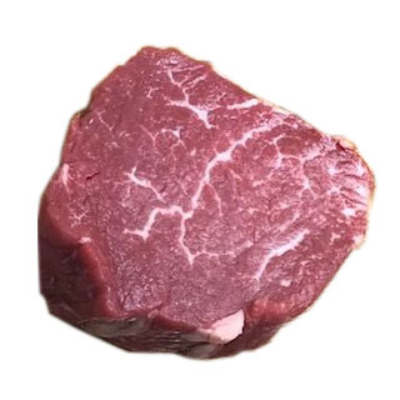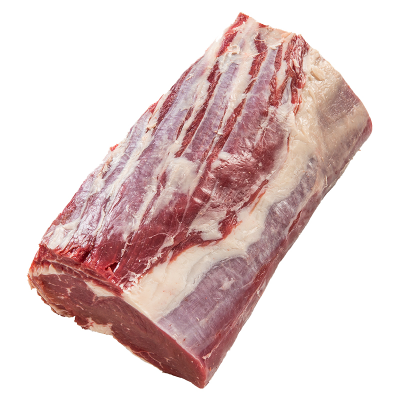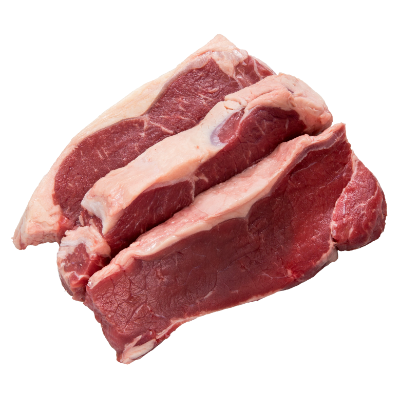Know your Steak Cuts
Eye fillets, Porterhouse, and scotch fillets – they might sound similar, but they're distinct cuts of beef offering unique taste experiences.
As culinary preferences evolve towards more refined dining options, the array of available meat cuts from online butchers has expanded, offering a diverse range of flavours and textures. However, despite this diversity, the classic trio of beef dishes—porterhouse, eye fillet, and scotch fillet—continue to hold a prominent place as crowd-favourites worldwide. So, what sets these cuts apart and how can you savour them to their full potential?
Understanding the Eye Fillet

Cut from a small section near the ribs along either side of the spine, the eye fillet steak stands out as one of the most tender cuts of meat available. The muscles in this area undergo minimal exertion, making the eye fillet ideal for rare preparations. However, it can also be pan-fried or roasted in the oven to your liking.
Typically a thicker slice, around 3 to 4 inches, it requires minimal cooking time. Just three minutes on each side, especially if the meat has been brought to room temperature, yields a juicy, rare cut.
Tip: Optimal serving entails slicing it thinly and serving it rare. Complement it with an assortment of vegetables or get creative with accompaniments like goat's cheese. For wine pairings, a classic choice is Cabernet Sauvignon, as its tannins elegantly balance the steak's juicy richness.
Understanding the Scotch Fillet

Also mistakenly known as 'rib fillet' or 'rib eye,' the scotch fillet comes from a boneless beef rib set and boasts a marbling of fat that enriches its flavour profile. This marbling enhances the texture, especially during cooking. Whether you prefer your scotch fillet rare, medium, or well-done, this cut caters to all tastes, best enjoyed grilled or pan-fried.
For a rare serving, a quick three minutes on each side suffices. If you prefer medium, extend the cooking time to four minutes per side.
Tip: Pair this cut with a serving of two vegetable varieties. The marbling's high-fat content enhances juiciness, making it an ideal match for a robust, tannic wine like Shiraz.
Understanding the Porterhouse:

When comparing Porterhouse vs. scotch fillet steaks, the differences lie in leanness and fat content. Originating from the striploin, the porterhouse steak is renowned for its lean, slender appeal. It features a thin strip of fat, adding a burst of flavour that can be trimmed for a leaner option. Frying it in a pan at a high temperature helps lock in the best juices. Cooking times align with those of scotch fillets.
Tip: This cut shines in sandwiches and rolls. It pairs well with a red wine capable of complementing both the tenderloin and strip, such as Syrah or Cabernet, particularly if accompanied by a rich sauce.
Read more about the various types of steak cuts here.
 © 2016 University Meat |
© 2016 University Meat |









